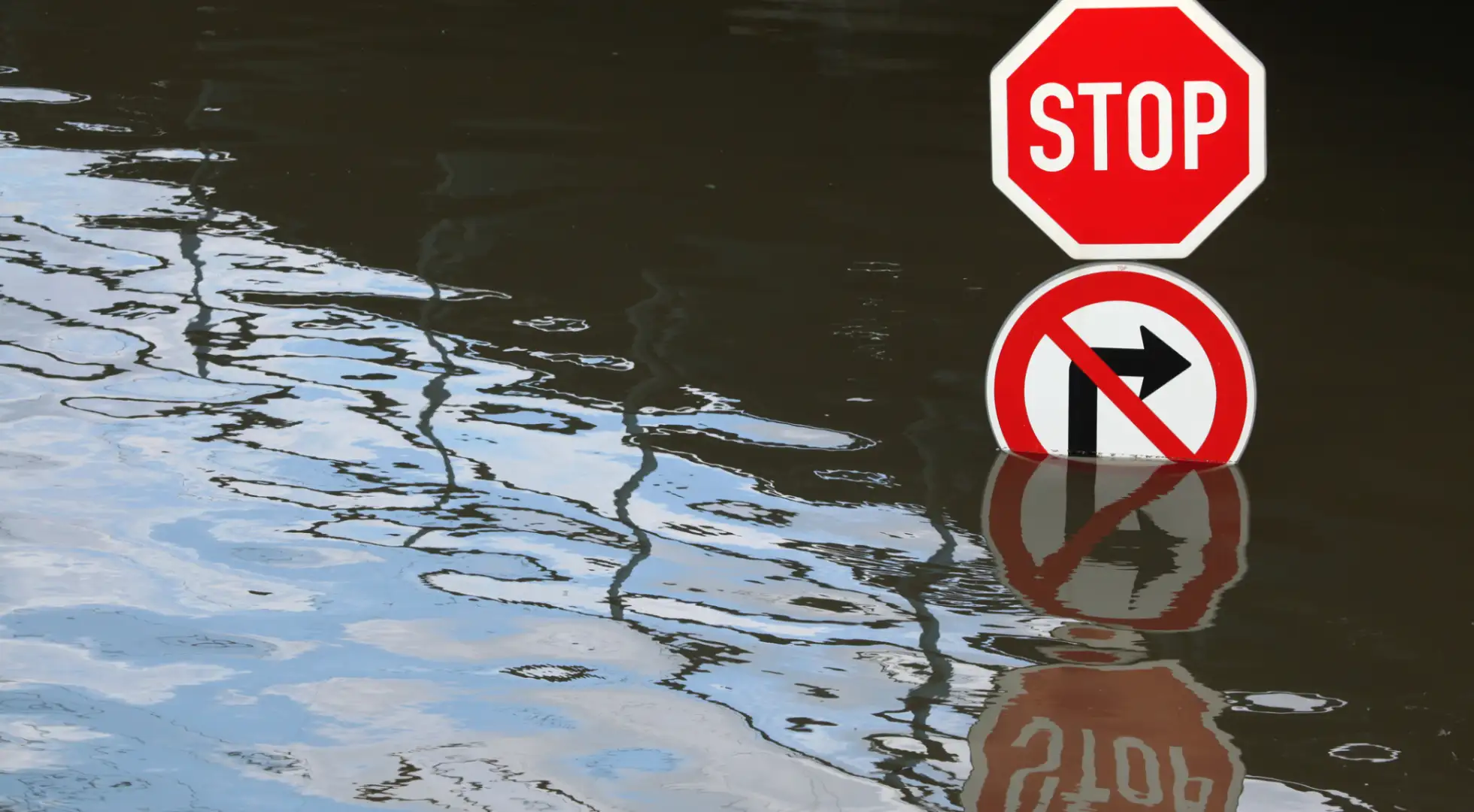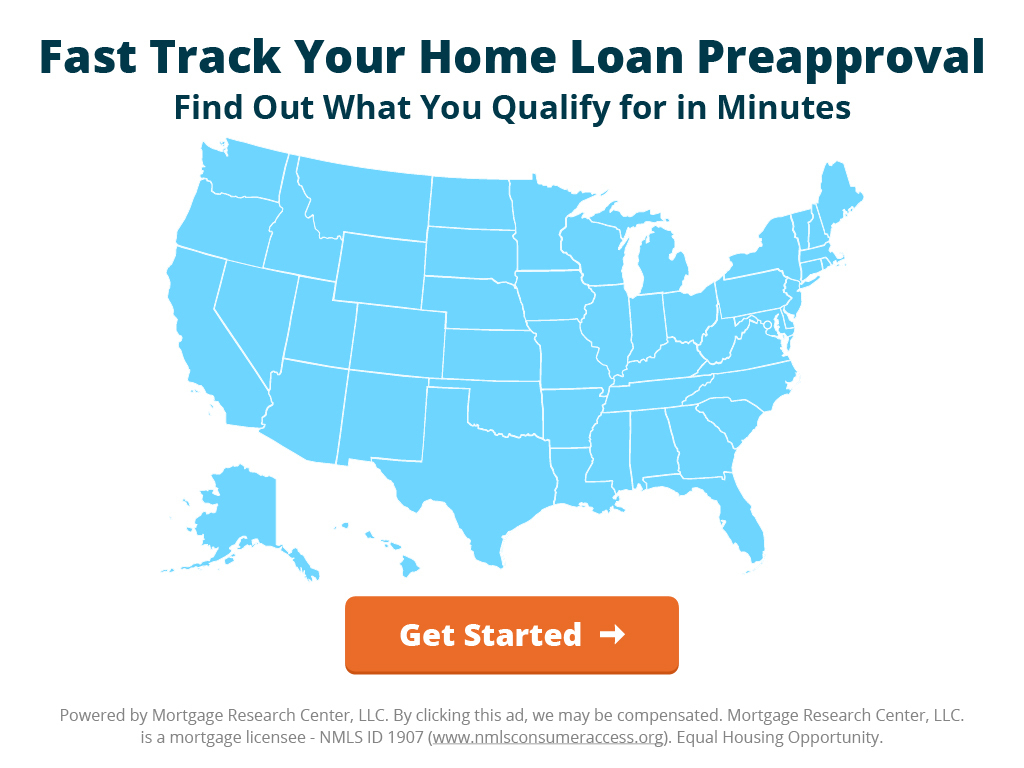What Homebuyers Need to Know About Flood Insurance

The risk of flooding in the U.S. has increased as climate change causes severe weather across the country, making it a larger factor when buying a home.
Buying flood insurance can protect homeowners from a total loss so they can rebuild their home and replace their furniture and valuables. But flood insurance premiums are rising as the flooding and destruction destruction become more widespread.
Before you buy a home you can check to see if it is located in a flood zone or near one by going to the website for the Federal Emergency Management Agency (FEMA). But, the website is difficult to navigate, often doesn't work, and if it does work, the information is difficult to decifer.
Another way is to call FEMA's National Flood Insurance Program (NFIP) directly at 877-336-2627. NFIP provides about 90% of the flood insurance in the U.S.
You also could call the insurance company that provides your homeowner's policy. Any licensed property and casualty insurance agent can sell federal flood insurance – though they may also try to sell you private flood insurance, which is some cases may be more costly.
Determining how much flood insurance will cost could play a factor in whether you want to purchase a house because you could be paying hundreds of extra dollars a month.
Flooding remains one of the most expensive natural disasters because even if your home floods with just one inch of water, the damage can cost you at least $25,000, according to a federal government estimate. Receiving more water in your home can be disastrous - 12 inches, which is a foot of water, is estimated to cost a whopping $72,162 in a 2,500-square foot house that has two stories.
Even if you do not live in an area that is impacted by hurricanes very often, severe storms that produce excessive rain can result in flooding, especially if the ground has already been over-saturated from other previous storms. Rivers and lakes that are close to breaching are also an issue.
» Expert Tip: Looking to buy soon? Set yourself up for having your offer accepted on a home by getting preapproved for a mortgage prior to your home search.
Flooding Isn't Covered by Most Homeowner Policies
Flood insurance is coverage that is separate from your standard homeowner’s insurance, said Jackie Boies, a senior director for Money Management International, a Sugar Land, Texas-based nonprofit debt counseling organization, that partners with Fannie Mae (FNMA) for their Disaster Response Network.
Failed infrastructure such as damaged levees or drainage systems can impact a city such as when Hurricane Katrina made landfall in 2005 in New Orleans – many homes were spared by the hurricane, but were lost to flooding when the levee system failed.
“Flooding by any of these causes is not covered by your homeowner’s insurance policy and you’ll need to be protected by a flood insurance policy to have insurance assistance to repair or replace your home,” she said.
Flood insurance only covers damage that occurred outside from heavy rains or a storm, but not if a pipe bursts inside your house.
“Be sure you understand what flood insurance does and doesn’t cover as it is somewhat different than standard homeowners insurance,” Boies said.
Flood Insurance Premiums Are Rising
FEMA changed its pricing methodology for insurance premiums in 2021 as a larger percentage of U.S. homes are impacted from flooding and hurricanes. At least 70% of homeowners are at risk of flooding that isn’t reflected in current FEMA flood maps, according to First Street Foundation, a non-profit organization.
The new rating methodology this year from the NFIP has changed the way they assess and calculate the rates for flood risk. It replaces flood zone mapping with additional factors such as the proximity to water or a potential source of flooding, frequency and severity of flooding in an area and rebuilding costs.
“That means for the majority of homeowners with or needing flood insurance, the cost has increased by an average of $96 annually,” said Boies. “The NFIP does limit the rate increase to 18% annually, but any increase could impact your budget.”
If FEMA designates your neighborhood to be in a flood area, your mortgage company will generally require that you purchase and maintain flood insurance on your home.
Some federally-insured mortgages require flood insurance regardless of the location of your home according to federal laws.
Even if you don’t live in an area known to flood, but with some risk, there are good reasons to carry flood insurance, primarily the fact that your homeowners will not cover your losses due to flooding, Boies said.
The average cost of flood insurance in 2022 is just $62 each month and it could be much lower if you aren’t located in a known flood zone, she said.
Most policies have a 30-day waiting period after you purchase it for when coverage kicks in, so don’t wait until peak hurricane season which is typically August through October to buy it.
Once you have been impacted by flooding or any other natural disaster, local non-profits such as Boies' group often can help homeowners navigate FEMA and insurance claims, coordinate with your mortgage company and other creditors and work through denials and appeals and avoid scams.
» Expert Tip: Thinking about buying a home but unsure of how much of a down payment you need to make? Connect with a lender that specalizes in $0 down or low down payment loans so you can shop around for a home comfortably. Get started here!
More from Mortgage Research News:
Should You Pay Points to Get a Lower Mortgage Rate?
Beating High Fixed Rates with Adjustable-Rate Mortgages
5 Tips for Buying a Home With Mortgage Rates at 20-Year Highs
Ellen Chang is a Houston-based freelance journalist who writes articles for U.S. News & World Report. Chang previously covered investing, retirement and personal finance for TheStreet. She focuses her articles on stocks, personal finance, energy and cybersecurity. Her byline has appeared in national business publications, including USA Today, CBS News, Yahoo Finance MSN Money, Bankrate, Kiplinger and Fox Business. Follow her on Twitter at @ellenychang and Instagram at @ellenyinchang.






